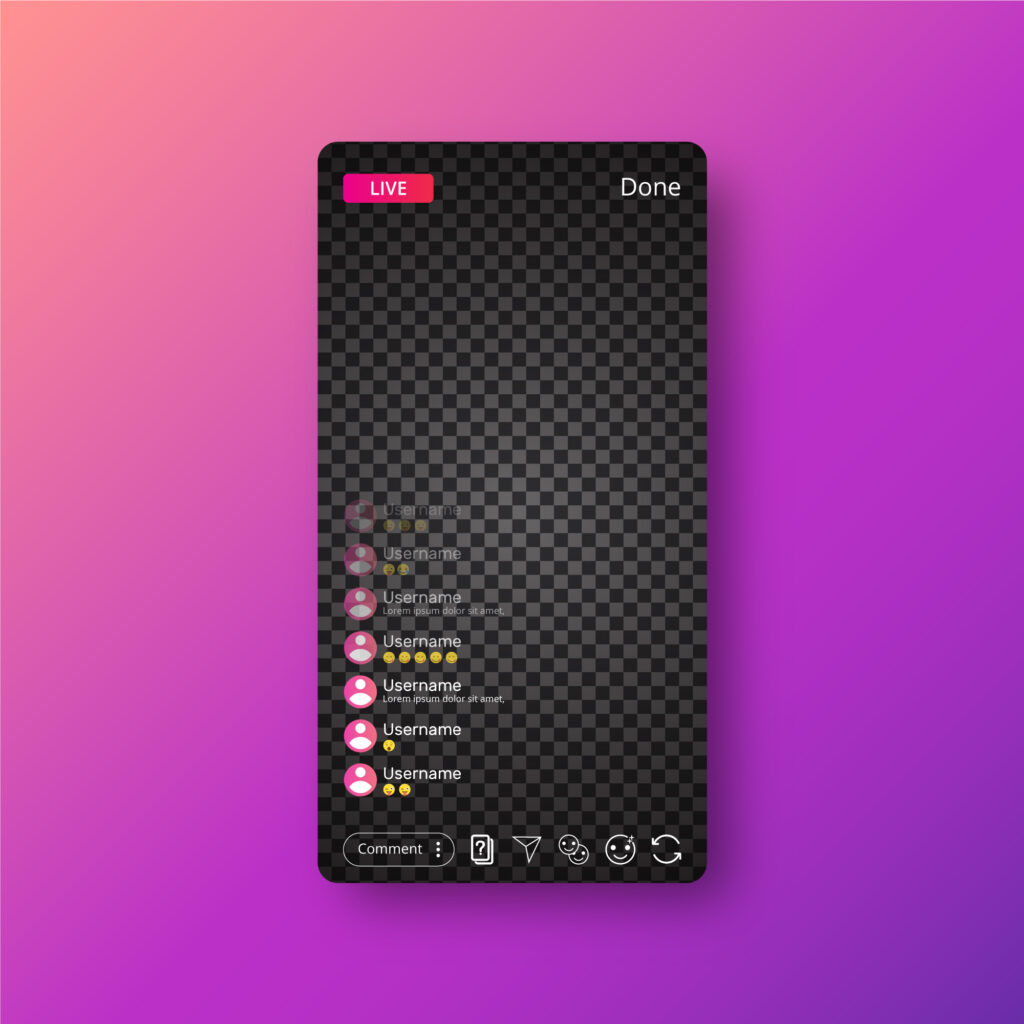
No matter your industry, creating a winning sales funnel can help you meet prospects where they’re at, so you can grow your customer base and meet your company’s financial goals.
In the simplest of terms, the funnel starts with a wide pool of potential customers or clients, and eventually whittles its way down to those who actually follow through by giving you their business.
Whether you’re a business owner, entrepreneur, or sales professional, here’s what you need to know about building a sales funnel to set your company up for financial success.
What Is a Sales Funnel?
There are many different sales funnel models, but we’ll dive into one of the simplest ones: the four-stage sales funnel. The four stages are: awareness, interest, decision, and action.
- The first stage, awareness, is at the very top of the pyramid. It’s where customers first become aware of your business and products or services.
- The next stage, interest, refers to when a customer is comparing business options before making a decision.
- The third stage, decision, is when the customer has reached the decision-making stage and is ready to choose a company.
- The last stage, action, refers to when the customer is ready to act and pay for a product or service.
You’ll want to develop a sales strategy around each of these four stages, attracting customers before they even know what your brand is with a good marketing approach, standing out from the competition when a prospect is weighing competitors, offering an incentive to go with your company when the customer reaches the decision-making stage, and staying engaged even if it’s clear a customer will buy from your company.
Some sales funnels go beyond this model to help you keep current customers happy. It’s important to consider this when coming up with a sales and marketing strategy to ensure current customers don’t drop off.
5 Ways to Build a Leading Sales Funnel
1. Dig into the data
Whether you’re building out customer personas, analyzing buying habits of customers in similar industries, or reviewing recent purchasing trends, it’s important to know more about the customers in your line of work.
For example, if you own a moving company and find the target demographic in your area is families, you can cater your advertising to attract more families to your business. Likewise, if you learn younger generations are more interested in a product your company makes, you can consider engaging with Gen Z on social media apps like TikTok or millennials on apps like Instagram.
2. Create a top-notch marketing strategy
Now that you know more about your target customers, you can create ad campaigns, social media posts, videos, and content pieces that speak to your key demographic. When creating ads, think about your audience’s key pain points, how your product or service solves this problem, and why you’re different from the competition.
You can use targeted ads to better reach the specific audiences you’re narrowing in on. Be sure to also keep track of your ad performance to see which ads customers are responding to most.
Make sure you research what your competitors are doing, too. You’ll want to review their social media platforms to see how their customers are responding to their posts. Keep note of any unanswered questions or frustrations customers bring up. This can help you stand out by offering a distinct voice and option for prospective customers.
Beyond ads, you might consider a power dialer as a step up from cold calling to help you find customers interested in your offerings.
3. Send your prospects to a winning website
After sparking a prospect’s interest, you’ll want to send them to your website or dedicated landing page. It’s smart to include more information on your website about how your offering solves a problem the customer might be experiencing and why they should buy from you rather than a competitor.
Make sure you also show detailed photos of the product or service, provide an overview, and offer more in-depth content users can access if they want to learn more. Consider including interactive elements like videos or product demos, infographics, and user reviews.
If prospects can buy the product or service outright, include a link to add it to their cart or a call to action explaining what they should do next. Try to put this all on one page to make it as easy as possible for the customer to take the next step. If the process feels too complicated, some prospects may drop out of the funnel.
Be sure to test your website or landing page on desktop and mobile. More customers shop directly from smartphones now, so you’ll want to ensure your website is optimized for both experiences.
4. Keep in contact
After the prospect buys your product or service, stay in touch with them by sending them a thank you email and adding them to your email newsletter list (make sure they can opt-out if they choose). This allows you to keep in touch if your company has sales, deals, or new product launches down the road. You might also send an email asking them to leave a review to encourage new prospects to purchase one of your products down the road.
You might also consider adding a sign-up form to your landing page, so a prospect can learn more about your offerings even if they don’t decide to make a purchase right away. In this case, you might want to reach out with promotional codes, one-time discounts, or other incentives to get them to buy from you.
5. Continue refining your process
Make sure to tighten up your sales process constantly to better fit your business goals. Review your data regularly to determine if you should adjust your ad strategy, or if you should expand or narrow your targeted ad field. Review your website or landing page metrics for more than just visitor counts — you can also view your click-through rates and see where users might stumble on your page. If you notice an issue, try launching a test version of the page to see if it performs better.
Featured Image by Austin Distel on Unsplash
The post 5 Tips for Creating a Winning Sales Funnel for Your Business appeared first on noupe.






